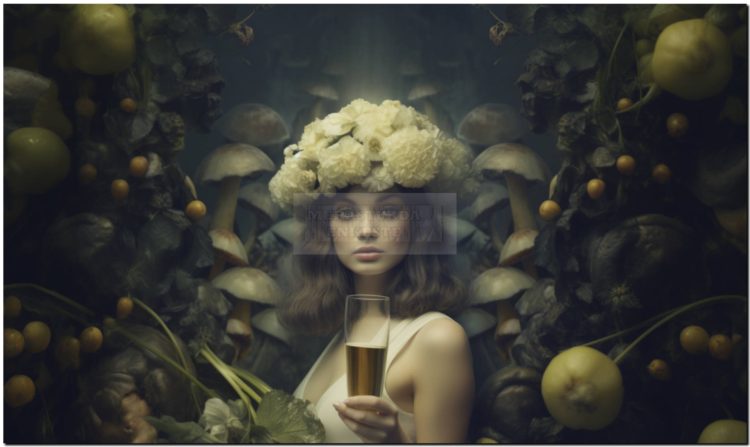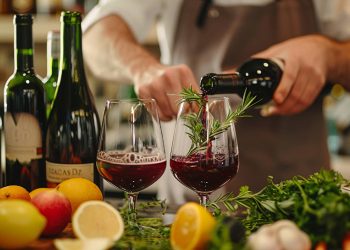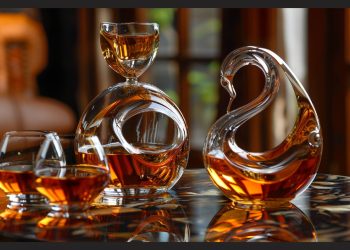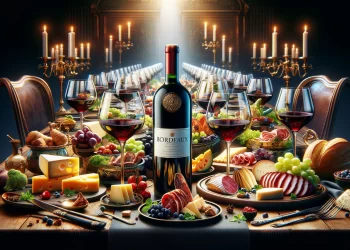Dom Perignon, a name synonymous with luxury and celebration, represents the epitome of exquisite champagne. This prestigious brand, named after the famous Benedictine monk, has a rich history that dates back to the 17th century. Crafted in the Champagne region of France, Dom Perignon is renowned for its exceptional quality and unparalleled taste. Its unique production process, including the art of blending grapes and meticulous aging and maturation, results in a signature taste profile that is both sophisticated and refined.
Whether it’s a vintage or non-vintage variety, each bottle of Dom Perignon carries a legacy of elegance and exclusivity. For those who aspire to belong to a world of opulence, Dom Perignon is the ultimate embodiment of luxury.
Top Learnings
- Dom Perignon originated in the Champagne region of France in the late 17th century.
- Dom Perignon played a significant role in refining champagne production techniques.
- Dom Perignon wines are renowned for their exceptional taste and complexity.
- Dom Perignon is synonymous with excellence, craftsmanship, and refinement.
[toc]
The Origins of Dom Perignon
The origins of Dom Perignon can be traced back to the Champagne region of France in the late 17th century. During this time, the history of champagne-making began to take shape, and one name that emerged as a significant figure in this process was Dom Pierre Perignon, a Benedictine monk. Known for his dedication and meticulousness, Dom Perignon played a pivotal role in refining the techniques of champagne production.
He experimented with grape varieties, blending techniques, and the use of cork stoppers to improve the quality and taste of the sparkling wine. His innovations, such as the use of thicker glass bottles and the practice of blending different grape varieties, laid the foundation for the modern champagne industry. Today, the name Dom Perignon is synonymous with luxury and elegance, a testament to the enduring legacy of this visionary monk.
The Prestigious Legacy of Dom Perignon
Continuing his pioneering work in champagne production, Dom Pierre Perignon left behind a prestigious legacy that has solidified his name as an icon in the world of luxury sparkling wines. With a prestigious reputation that spans centuries, Dom Perignon has become synonymous with excellence, craftsmanship, and refinement. The brand’s commitment to quality and innovation has made it a symbol of celebration and luxury across the globe.
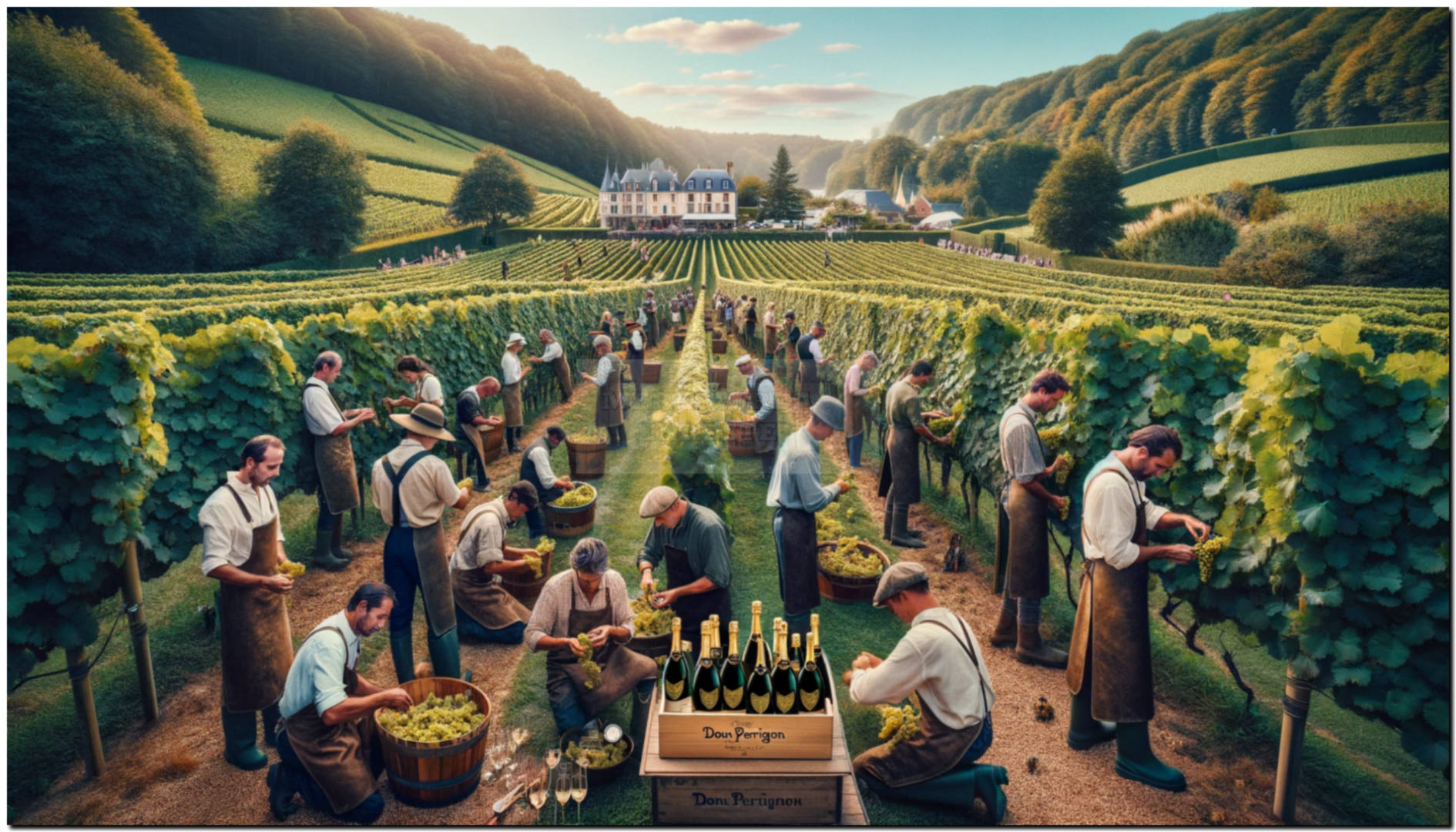
Dom Perignon’s wines are not only renowned for their exceptional taste and complexity, but also for their cultural significance. They have become integral to special occasions, from weddings to New Year’s Eve celebrations, marking moments of joy and achievement. Dom Perignon’s legacy is a testament to the enduring power of craftsmanship and the enduring desire to belong to a world of elegance and sophistication.
The Unique Production Process
How does Dom Perignon’s unique production process contribute to its exceptional taste and complexity? Dom Perignon is renowned for its meticulous production techniques, which are essential in creating its signature flavor profile. Here are three key elements of its production process:
- Hand Harvesting: Dom Perignon grapes are hand-picked, ensuring only the highest quality fruit is selected. This labor-intensive process allows for careful selection and avoids any damage to the grapes, preserving their pristine flavor.
- Gentle Pressing: After harvesting, the grapes undergo a gentle pressing to extract the juice. This delicate process minimizes the extraction of harsh tannins, resulting in a smoother and more refined wine.
- Extended Aging: Dom Perignon employs an extended aging process, allowing the wine to develop complexity and depth. The fermentation process takes place in the bottle, with the wine resting on its lees for several years. This technique imparts rich flavors and a creamy texture, enhancing the overall character of the Champagne.
Through these meticulous production techniques, Dom Perignon achieves an exceptional taste and complexity that sets it apart from other sparkling wines.
For a broader appreciation of luxurious champagnes, including Dom Perignon, you might also enjoy exploring ‘10 Exquisite Champagne Brands: A Toast to Luxury and Elegance‘ on Encyclopedia Wines.
The Signature Taste Profile
The signature taste profile of Dom Perignon is a testament to its exceptional craftsmanship and attention to detail. With unique flavor notes that range from floral and citrus to creamy and toasty, each sip of Dom Perignon is a journey of sensory delight. Its recognizable taste profile sets it apart from other champagnes, making it a coveted choice for discerning connoisseurs.
Unique Flavor Notes
Highlighting the exceptional taste profile of Dom Perignon, the champagne boasts unique flavor notes that set it apart from other sparkling wines. Here are three distinctive flavor notes that make Dom Perignon an exquisite choice for discerning palates:
- Citrus Zest: The first sip of Dom Perignon reveals a burst of vibrant citrus flavors reminiscent of freshly squeezed lemon and grapefruit. This invigorating zest adds a refreshing and zingy quality to the champagne, creating a delightful balance.
- Toasty Brioche: As the champagne lingers on the palate, subtle notes of toasted brioche emerge. This characteristic flavor brings a comforting warmth and richness, evoking the aroma of freshly baked bread. The delicate interplay between the crisp citrus and the toasty brioche adds complexity and depth to the tasting experience.
- Mineral Undertones: Dom Perignon showcases a distinct minerality that adds a unique dimension to its flavor profile. This mineral undertone contributes a crisp and clean quality, enhancing the overall freshness and elegance of the champagne.
With its vibrant citrus zest, toasty brioche notes, and underlying minerality, Dom Perignon offers a truly remarkable tasting experience, elevating it to the pinnacle of luxury champagne.
Recognizable Taste Profile
Dom Perignon showcases a distinct taste profile that is instantly recognizable and sets it apart from other champagnes. Dom Perignon has become synonymous with luxury and celebration with its recognizable flavor profile and distinctive taste notes. The champagne’s flavor profile is a harmonious balance of richness and finesse, offering a sensory experience that is both complex and refined.
To better understand the recognizable taste profile of Dom Perignon, let’s take a closer look at its distinctive taste notes:
| Taste Notes | Description |
|---|---|
| Citrus | Bright and vibrant, with hints of lemon |
| Brioche | Toasted bread and pastry flavors |
| Stone Fruit | Peach, apricot, and nectarine undertones |
These taste notes and the champagne’s signature effervescence and elegant mouthfeel create a truly exceptional drinking experience. Dom Perignon’s recognizable flavor profile has made it a favorite among champagne enthusiasts and connoisseurs, solidifying its status as a symbol of luxury and prestige.
The Art of Blending Grapes
Blending grapes is a delicate art that requires skill and precision. Winemakers employ various techniques to create unique flavors and achieve the desired taste profile of Dom Perignon. By carefully combining different grape varieties, the blending process allows for the harmonious balance of flavors, resulting in a complex and refined champagne that is synonymous with excellence.
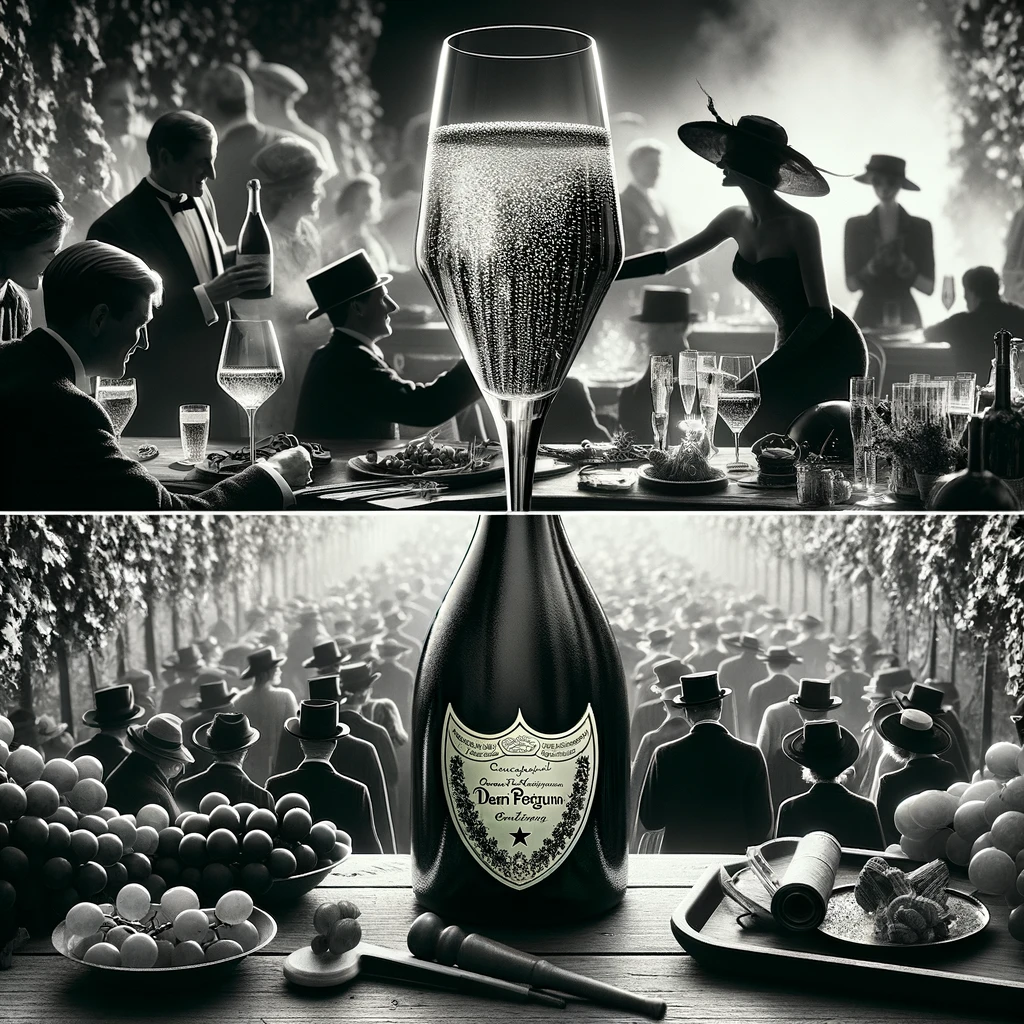
Grape Blending Techniques
Blending grapes in Dom Perignon is a meticulously crafted process requiring expert skill and precision. The grape selection process is the first step in creating the perfect blend. Only the finest grapes from the Champagne region are chosen, ensuring exceptional quality and flavor. Different grape varieties, such as Chardonnay and Pinot Noir, are carefully selected to bring out the best characteristics in the final product.
Once the grapes are selected, Dom Perignon utilizes unique fermentation techniques to enhance the complexity and depth of the wine. One such technique is known as malolactic fermentation, which softens the acidity and adds a creamy texture to the wine. Another technique involves aging the wine on its lees, the spent yeast cells, for an extended period. This imparts a rich, toasty flavor and a delicate effervescence to the final blend.
The art of blending grapes in Dom Perignon is a true testament to the craftsmanship and dedication of the winemakers. Each process step is carefully executed to create a champagne synonymous with luxury and elegance.
Flavors Achieved Through Blending
To further explore the intricacies of the blending process in Dom Perignon, let us delve into the flavors that are artfully achieved through the harmonious combination of different grape varieties. The blending techniques employed by the esteemed winemakers at Dom Perignon result in a wide range of complex and alluring flavor profiles. By carefully selecting and blending different grape varieties, they are able to create a symphony of flavors that dance on the palate. The Chardonnay grape brings a vibrant acidity and elegance, while the Pinot Noir adds depth and structure. The Pinot Meunier contributes fruity and floral notes, enhancing the overall complexity of the final blend. These carefully crafted combinations result in a champagne that is rich, balanced, and unforgettable.
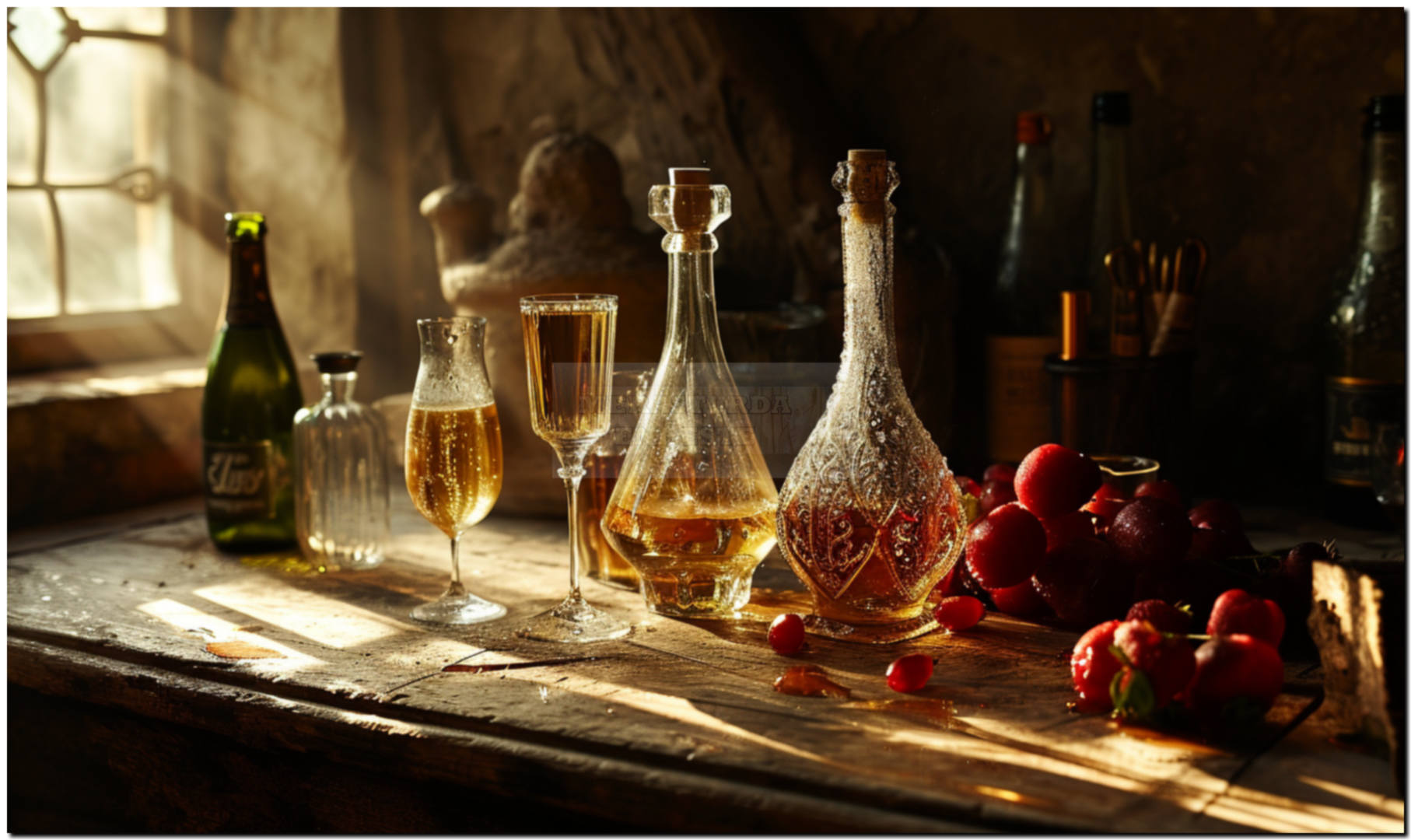
The Aging Process and Maturation
During the aging process and maturation, Dom Perignon undergoes a meticulous transformation that enhances its complexity and character. The expertise of the cellar master and the use of specific aging techniques guides this process. Here are three key aspects of the aging process and maturation of Dom Perignon:
- Extended aging on lees: Dom Perignon is aged on its lees, which are the spent yeast cells remaining after fermentation. This process imparts depth and richness to the wine, contributing to its unique flavor profile.
- Blending and harmonization: The cellar master carefully selects and blends different vintages, grape varieties, and vineyard sites to create a harmonious and well-balanced wine. This blending process helps to achieve consistency in quality and style across different releases.
- Bottle aging: After blending, Dom Perignon is aged in the bottle, allowing it to develop complex aromas and flavors over time. This extended bottle aging period allows the wine to reach its optimum maturity and express its full potential.
Through these aging techniques and the meticulous maturation process, Dom Perignon achieves its renowned finesse, elegance, and longevity.
The Importance of Vintage and Non-vintage Varieties
In the realm of Dom Perignon, the significance lies in distinguishing between vintage and non-vintage varieties. Vintage Champagne is made from grapes harvested in a specific year, while non-vintage Champagne is a blend of wines from multiple years. The choice between the two is crucial as it determines the characteristics and flavor profile of the Champagne. The role of terroir, including the vineyard’s soil, climate, and microclimate, plays a pivotal role in shaping the grapes and, ultimately, the Champagne.
The influence of climate, such as temperature and rainfall patterns, affects the ripeness and quality of the grapes. Understanding these factors allows winemakers to select the best grapes for each vintage, creating unique and exceptional expressions of Dom Perignon.
Dom Perignon Revealed: 7 Fascinating Facts About the Prestigious Champagne 🌟
- Historical Origins: Dom Perignon is named after a Benedictine monk, Dom Pierre Pérignon, who was an important quality pioneer for Champagne wine but contrary to popular myth, he didn’t invent sparkling wine or Champagne. He did, however, make significant contributions to the production and quality of Champagne wine in the late 1600s.
- A Prestigious Brand: It’s a brand of vintage Champagne produced by the Champagne house Moët & Chandon and serves as that house’s prestige champagne.
- Vintage Exclusive: Dom Perignon is always a vintage champagne, meaning that it’s not made in weak years, and all grapes used to make the wine were harvested in the same year.
- Aging Process: One of the key characteristics of Dom Perignon is its aging process. The champagne undergoes a lengthy aging process in the cellars – typically about 7 to 10 years – which contributes to its unique flavors and characteristics.
- Tasting Notes: The flavor profile of Dom Perignon can vary based on the vintage, but it is known for its complexity, creamy texture, and vibrant acidity. Common flavor notes include citrus, almond, and floral tones.
- Limited Production: Due to its vintage nature and high standards, the production of Dom Perignon is limited, which adds to its exclusivity and prestige.
- Icon of Luxury: Dom Perignon has become an icon of luxury and status. It’s often associated with celebrations, high-end events, and is frequently seen in popular culture as a symbol of wealth and sophistication.
Dom Perignon: A Symbol of Luxury and Celebration
Dom Perignon embodies the epitome of luxury and celebration. This iconic champagne has become a symbolic representation of opulence and prestige, sought after by those who desire to elevate their special moments. Its exquisite taste and exceptional quality have solidified its position as the go-to choice for celebrations and important occasions. Here are three reasons why Dom Perignon is synonymous with luxury and celebration:
- Unparalleled Quality: Dom Perignon is crafted with the utmost care and attention to detail. The grapes used are carefully selected from the best vineyards in Champagne, resulting in a champagne of exceptional quality and taste.
- Elegant Complexity: Dom Perignon boasts a unique blend of flavors and aromas, characterized by its delicate bubbles, rich textures, and notes of toasted brioche, citrus, and ripe fruits. This complexity adds sophistication and depth to any celebration.
- Prestige and Heritage: Dom Perignon carries the legacy of its namesake, a Benedictine monk who made significant contributions to the development of champagne production. Its association with luxury brands and high-profile events further enhances its status as a symbol of celebration and exclusivity.
Come quickly, I am tasting the stars!
In vine’s embrace held,
Whispers of the bubbled grape,
Dom’s dance, time’s capsule.
In the world of champagne, Dom Perignon stands as a timeless symbol of luxury and celebration. Its origins, prestigious legacy, and unique production process have all contributed to its exceptional reputation. The art of blending grapes, the careful aging process, and the importance of vintage and non-vintage varieties all come together to create an unrivaled signature profile. Like a sparkling symphony on the palate, Dom Perignon is a testament to the artistry and craftsmanship of champagne-making.
As you know, Dom Perignon is a masterpiece of creation, a tapestry of rich flavors woven from the heart of Champagne’s heritage. It’s not just a drink but a celebration of life’s fleeting, beautiful moments.
In the grand tapestry of life’s many indulgences, few can rival the storied elegance of Dom Perignon. Like a sonnet composed in the language of the vine, each bottle is a narrative of the earth, the climate, and the meticulous craftsmanship of its creators. This is not merely champagne; it is the lifeblood of celebration, a liquid ode to moments that, once passed, linger only in memory and on the palate.
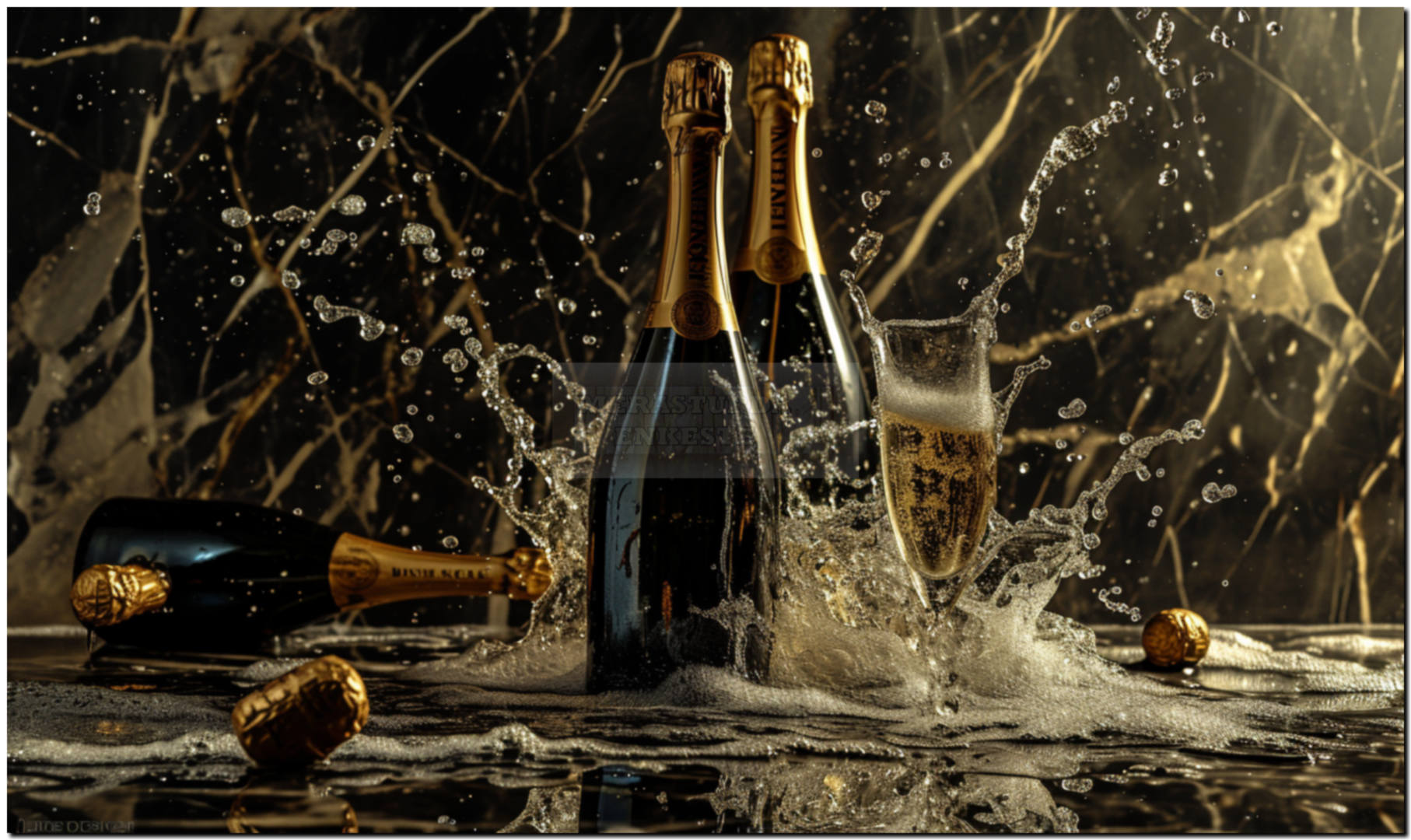
As we partake in its effervescent embrace, let us remember that each bubble carries with it a story, a fragment of history, and a testament to the relentless pursuit of perfection. Dom Perignon is more than just the epitome of luxury; it is a guardian of time, a keeper of secrets, and a purveyor of the art of living well.
For those who wish to delve deeper into the world of wines and the magic they hold, I invite you to explore the rich knowledge at Encyclopedia Wines, where the journey into the heart of viticulture continues.
And so, dear reader, as we raise our glasses in a silent toast to the artistry of Dom Perignon, let us do so with the grace and gratitude of true gentlemen and gentlewomen, reveling in the beauty of the present, with our sights set upon the wonders yet to come.
Let the stories yet to be told, the wines yet to be tasted, and the adventures yet to be had. Cheers to the enchanting world of fine wines and spirits; every bottle is a new chapter waiting to be savored.
🍷✨📚 #DomPerignonChronicles #DomPerignon #DomPerignon #Domperignon2024 🌄🍇
For aficionados eager to delve deeper into the world of fine wines, ‘Encyclopedia Wines: Gallery of Wine Chronicle’s‘ offers a rich repository of knowledge and insights into the ever-evolving world of viticulture.
Salut🥂
Frequently Asked Questions About Dom Perignon
How Much Does a Bottle of Dom Perignon Cost?
The cost of a bottle of Dom Perignon can vary quite a bit, depending on several factors:
Vintage: Non-vintage bottles of Dom Perignon typically range from $230 to $400, while older vintages can cost significantly more. Some highly sought-after vintages, like the 2002, can go for around $479.
Bottle size: Standard 750ml bottles are the most common, but larger formats like magnums (1.5L) and Jeroboams (4.5L) are also available and can be several times more expensive.
Availability: If a particular vintage is limited or in high demand, it will generally command a higher price.
Location: Prices can vary depending on the country, state, and even the specific store you’re buying from. Taxes and markups can also affect the final price.
Special considerations: Some limited-edition releases or collaborations with artists can fetch even higher prices, with some rare bottles reaching tens of thousands of dollars. For example, a Dom Perignon Rose 1959 bottle sold for a staggering $84,700 at auction in 2008!
Here are some resources where you can find specific prices for different bottles of Dom Perignon:
- Wine-Searcher: https://www.wine-searcher.com/
- Wine.com: https://www.wine.com/
- Vivino: https://www.vivino.com/US/en/
- Local wine shops: These can be a great resource for finding good deals on Dom Perignon, especially if they have older vintages in stock.
Can Dom Perignon Be Aged for an Indefinite Period of Time?
While Dom Perignon, like other Champagnes, can age for a long time and even improve with age, it’s not exactly indefinite. There are factors that limit its aging potential:
Quality of the Vintage: Vintage quality plays a crucial role. Great vintages with high acidity and balanced structure have the potential to age gracefully for decades, while weaker vintages might peak earlier and decline faster.
Storage Conditions: Proper storage is key. Consistent cool temperatures, moderate humidity, and darkness are essential to prevent the Champagne from losing its freshness and developing off-flavors. Improper storage can significantly shorten its lifespan.
Bottle Variations: Bottle size and closure type also matter. Larger formats like magnums tend to age better than smaller bottles due to the slower rate of oxidation. Cork closures can degrade over time, affecting the wine’s quality.
Evolution of Flavors: Even with ideal conditions, Dom Perignon will eventually reach its peak, where the flavors become muted or lose their complexity. After that, it can start to decline, showing signs of oxidation or developing unwanted aromas.
So, while Dom Perignon’s no specific expiration date, its aging potential is not indefinite. Generally, experts recommend aging non-vintage Dom Perignon for 5-10 years and good vintage releases for 10-20 years, with some exceptional vintages potentially lasting longer.
Ultimately, the best way to determine whether a specific bottle of Dom Perignon is past its prime is to taste it. Don’t hesitate to pop open a bottle and see if it still sings!
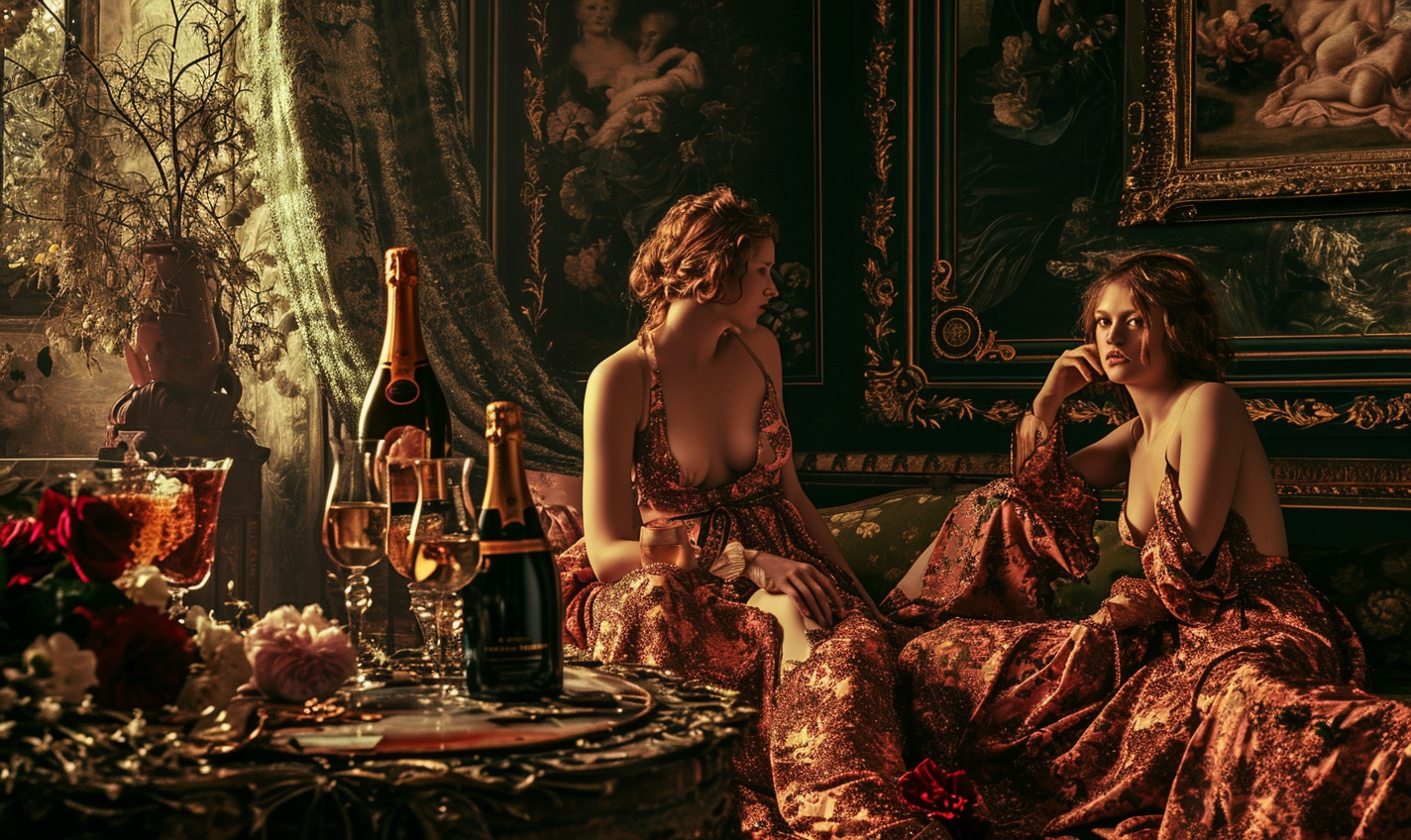
Are There Any Alternatives to Dom Perignon?
Several alternative champagne brands in the market can compete with Dom Perignon in terms of luxury and quality. When comparing Dom Perignon to other luxury champagne brands, one should consider factors such as taste profile, aging potential, and overall prestige within the industry.
Does Dom Perignon Offer Any Non-Alcoholic Options?
While renowned for its exquisite champagne, Dom Perignon does not currently offer any non-alcoholic options. However, there are several alternatives in the market that provide a similar taste and experience without the alcohol content.
Can Dom Perignon Be Purchased Directly From the Manufacturer?
The purchasing process for Dom Perignon directly from the manufacturer offers various availability options. To obtain this prestigious champagne, customers can explore channels like the official website, authorized retailers, or dedicated wine boutiques.

